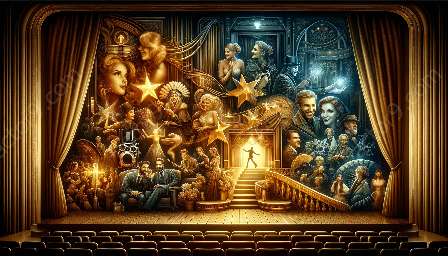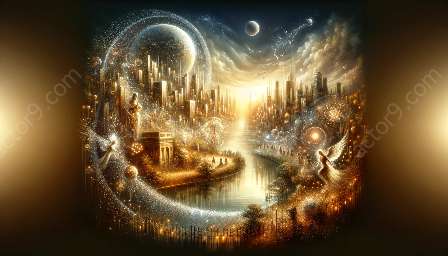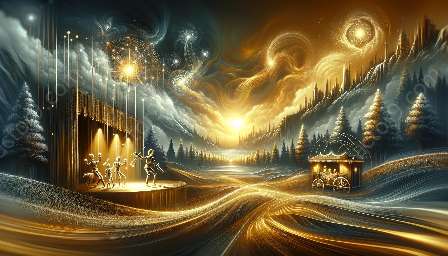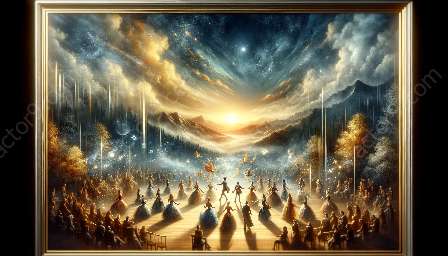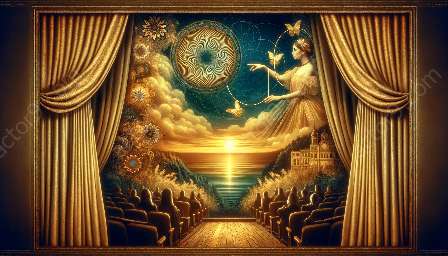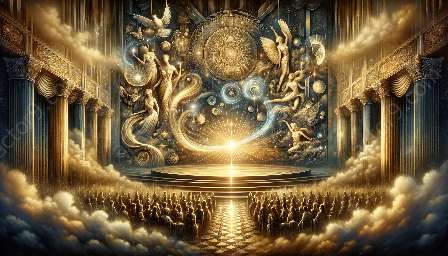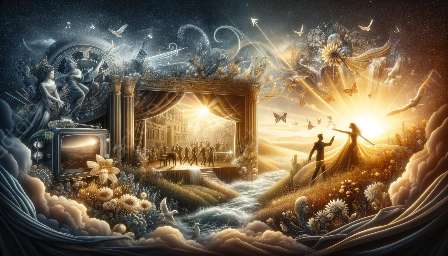Hypnosis has long been a subject of fascination and intrigue, particularly in the context of performing arts such as magic and illusion. This practice of inducing a trance-like state has implications that extend beyond mere entertainment, delving into the realm of neuroscience and shedding light on the workings of the human mind. In this article, we will explore the multifaceted connections between hypnosis, performing arts, and neuroscience, seeking to unveil the intricate ways in which these elements intersect and influence one another.
Hypnosis in Performing Arts: An Intersection of Science and Creativity
The incorporation of hypnosis into performing arts, particularly in the realm of magic and illusion, adds an intriguing dimension to the art form. Magicians and illusionists have long utilized hypnosis as a tool for captivating their audiences and creating seemingly impossible feats. The seamless integration of hypnosis into their acts blurs the line between reality and illusion, leaving spectators in awe of the mind's mysterious capabilities.
The Neuroscience of Hypnosis: Unraveling Perception and Consciousness
When delving into the implications of hypnosis in performing arts for neuroscience, it is essential to consider the impact of hypnosis on the brain's perception and consciousness. Through scientific studies and research, neuroscientists have sought to unravel the mechanisms behind hypnosis and its influence on the brain. These investigations have revealed fascinating insights into the brain's susceptibility to suggestion and its ability to alter perception under hypnotic states.
Neuroscience has shown that hypnosis can lead to changes in the brain's activity, prompting alterations in neural pathways associated with perception, attention, and memory. This exploration of the brain's plasticity under hypnosis offers valuable clues about the intricate interplay between the mind, perception, and the external world.
Hypnosis, Magic, and the Brain: Challenging Reality and Belief
At the crossroads of hypnosis, magic, and neuroscience lies the captivating interplay between challenging reality and belief. The performance of illusions under the influence of hypnosis serves as a demonstration of the mind's malleability and its susceptibility to suggestion. By leveraging hypnosis, magicians can create illusions that confound the audience's perception, prompting them to question the boundaries of reality and the extent of human consciousness.
The Creative and Scientific Integration of Hypnosis in Performing Arts
From a creative standpoint, the integration of hypnosis in performing arts offers a plethora of possibilities for artists to explore the depths of human perception and consciousness. Magicians and performers can harness the principles of hypnosis to craft astonishing acts that captivate and mystify audiences, blurring the line between imagination and reality.
On the scientific front, the study of hypnosis in the context of performing arts provides an avenue for neuroscientists to unravel the mysteries of human cognition and perception. By examining the neural correlates of hypnosis-induced states and their influence on performing arts, researchers can gain valuable insights into the brain's intricate workings and its susceptibility to external influence.
Conclusion
The implications of hypnosis in performing arts for neuroscience herald a captivating convergence of art, science, and the human mind. Through its connection to magic, illusion, and the creative expression of performers, hypnosis unveils the intricate interplay between perception, consciousness, and the mysteries of the brain. As we continue to explore the multifaceted implications of hypnosis, we are poised to gain a deeper understanding of the human mind and its profound relationship with the performing arts.





